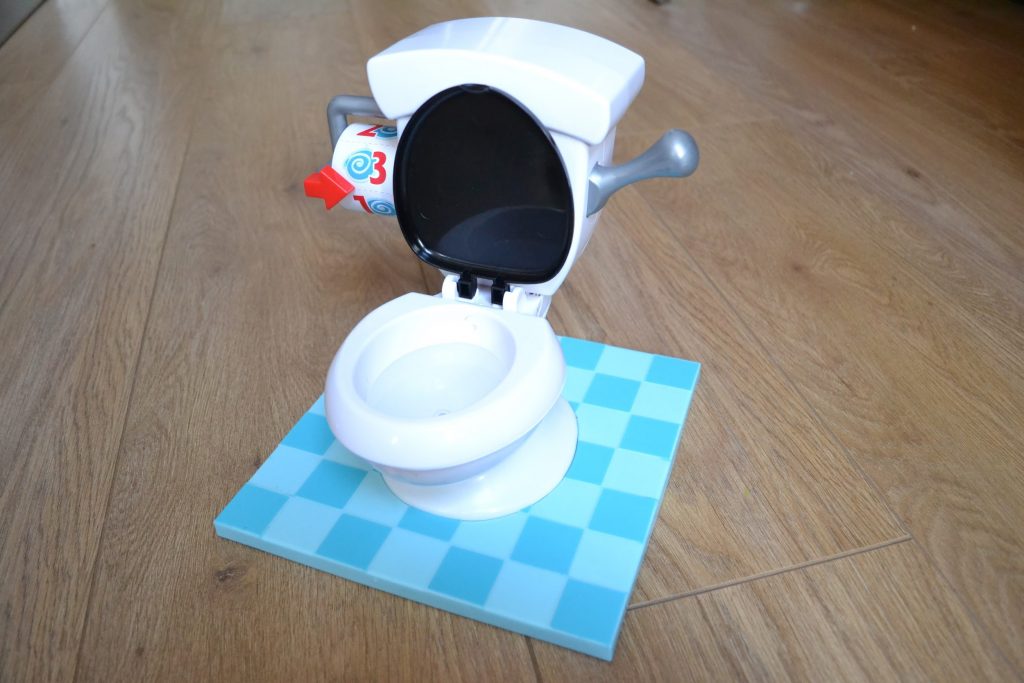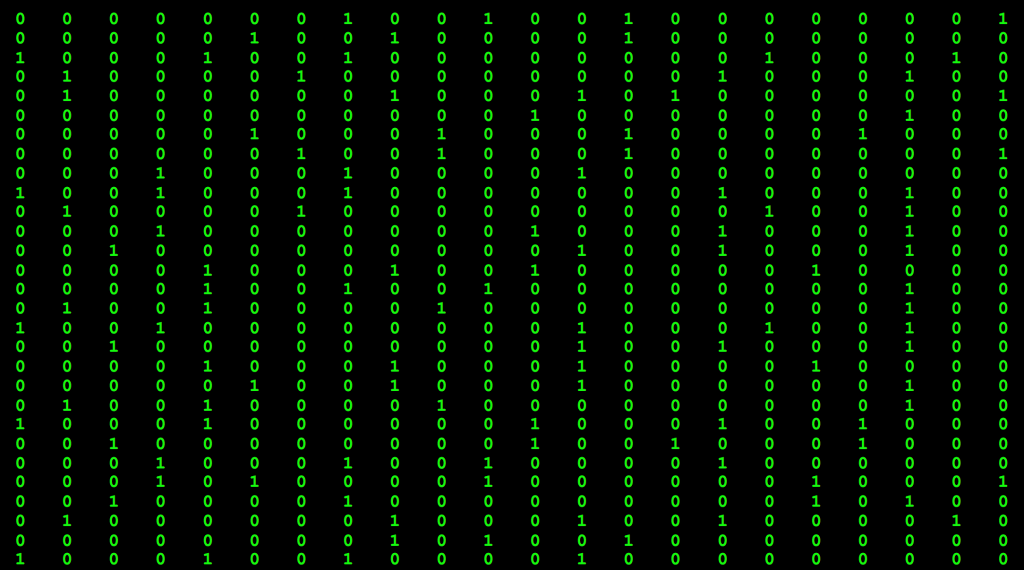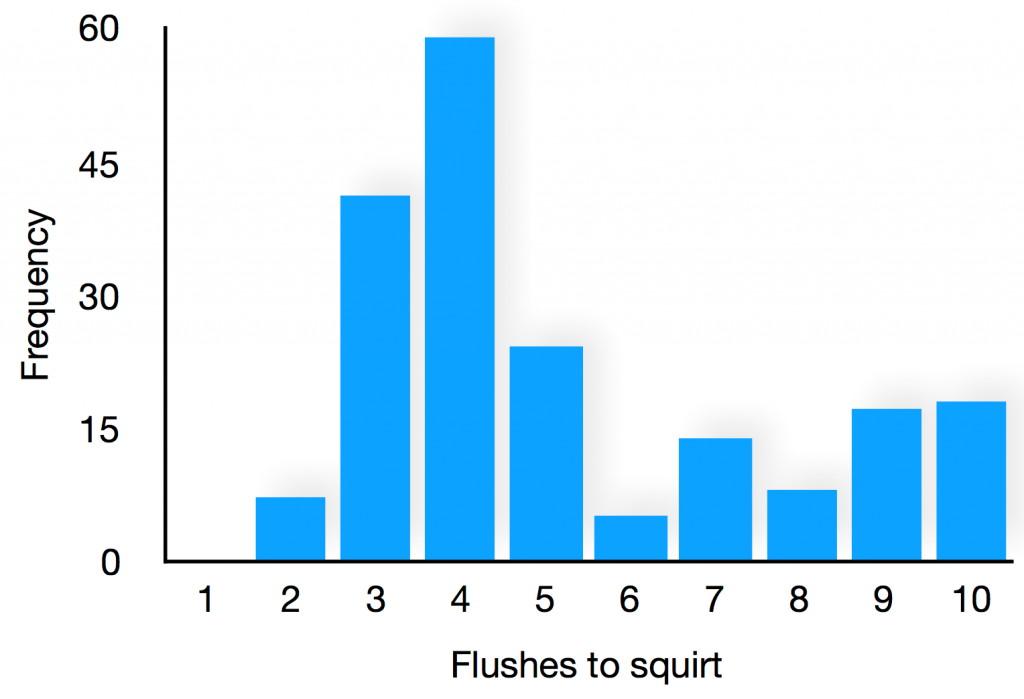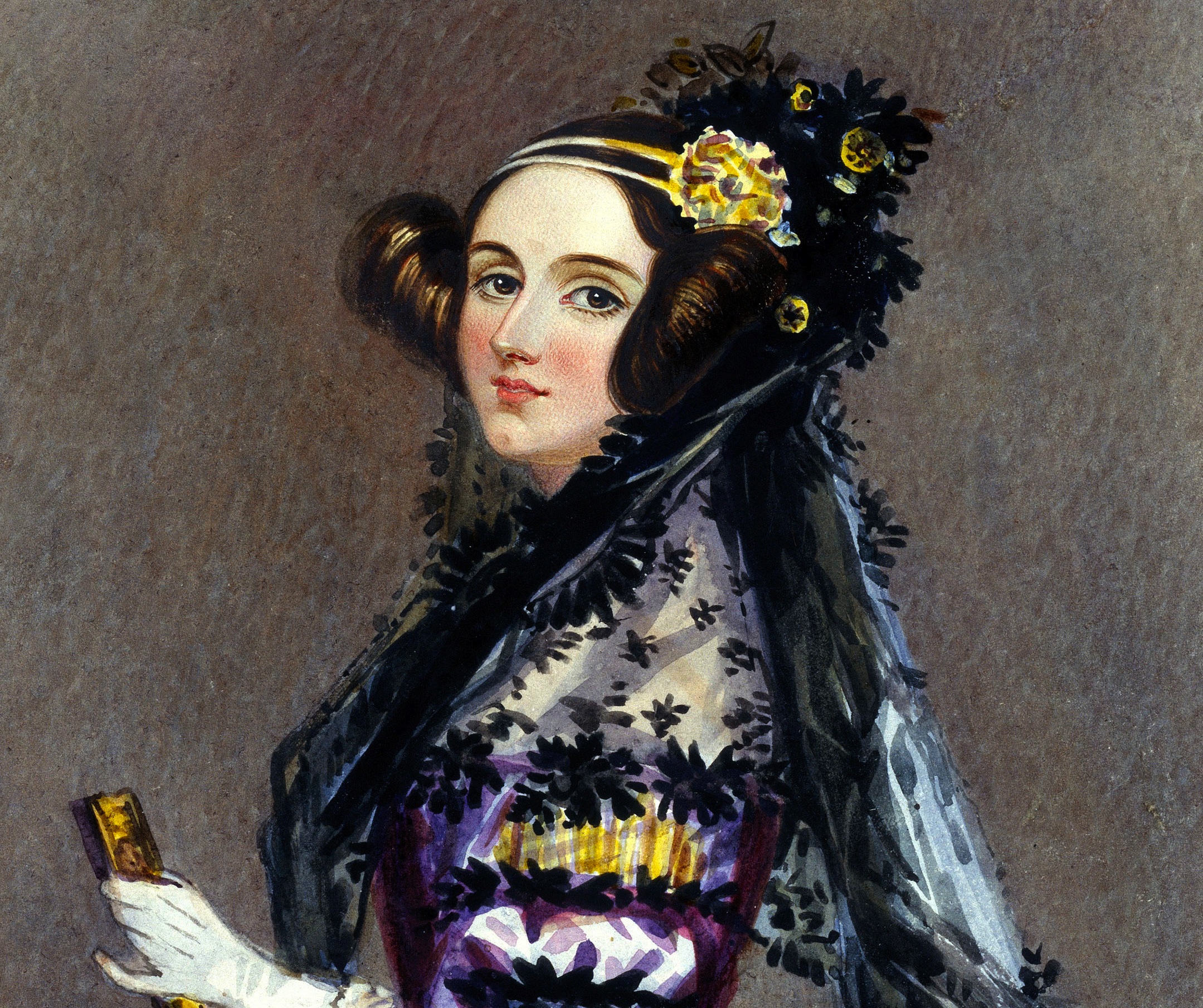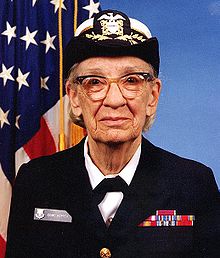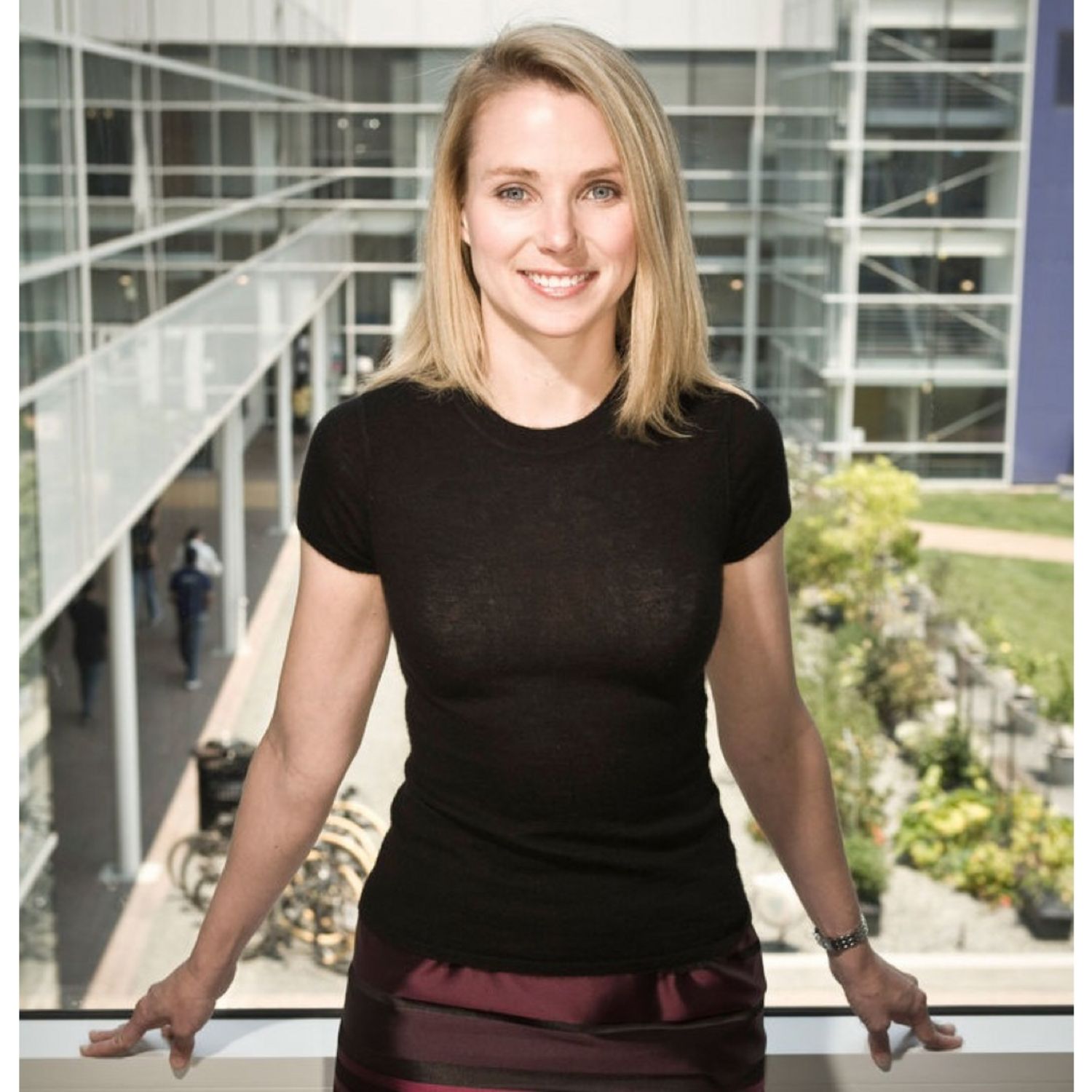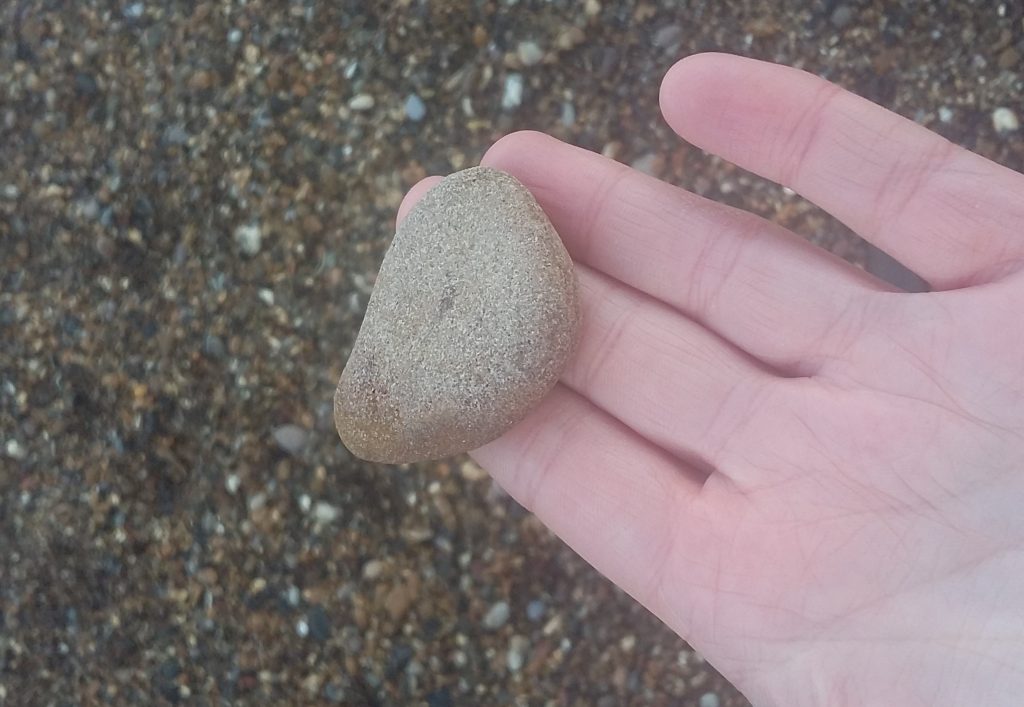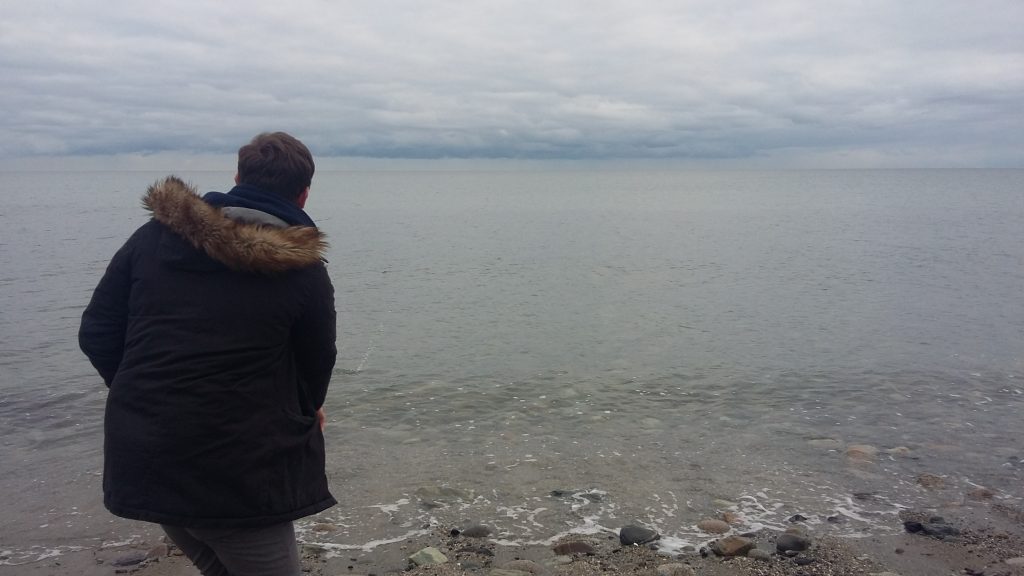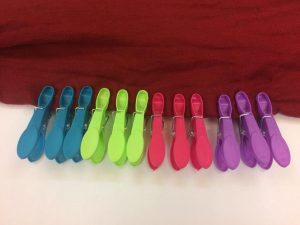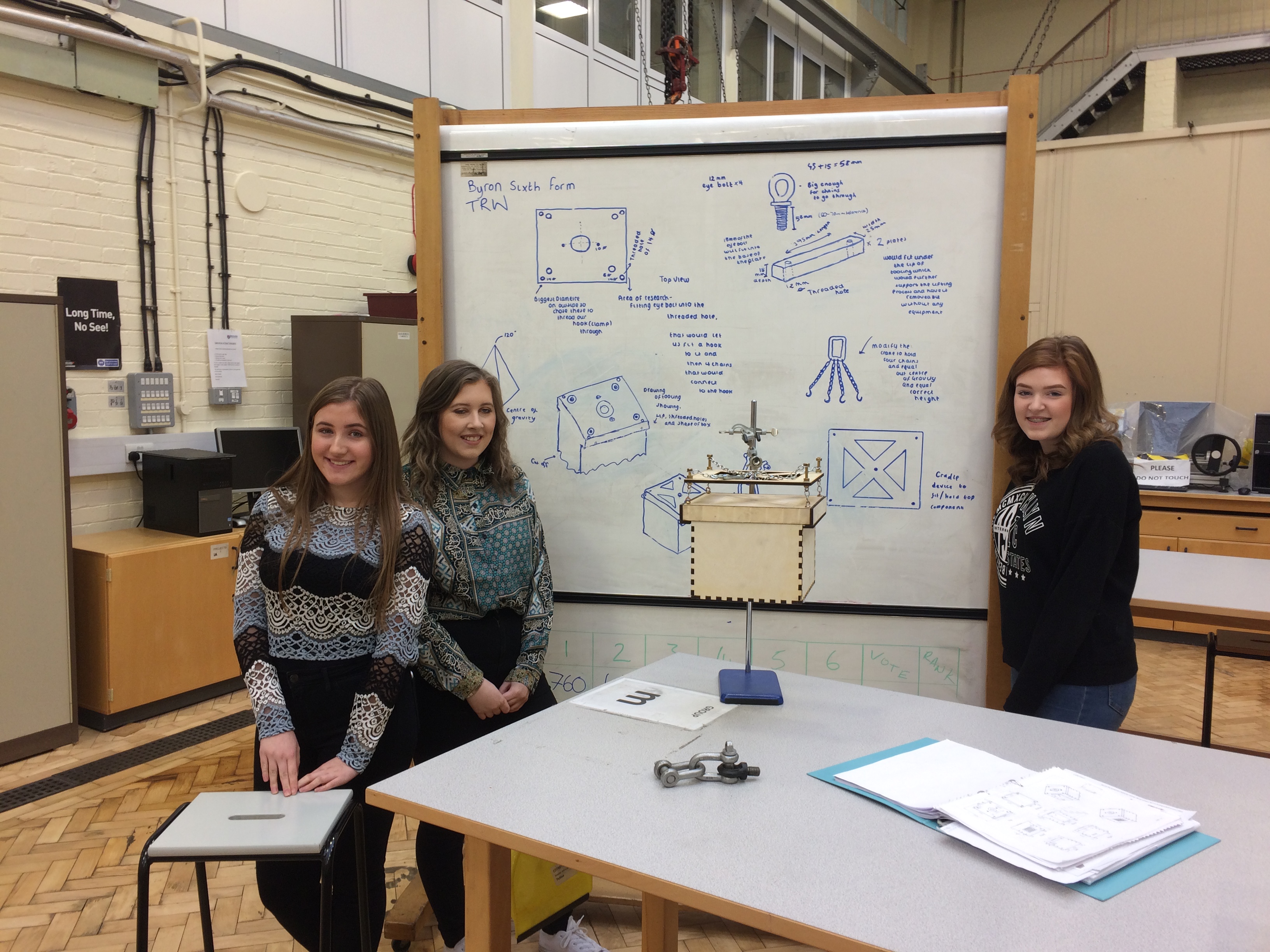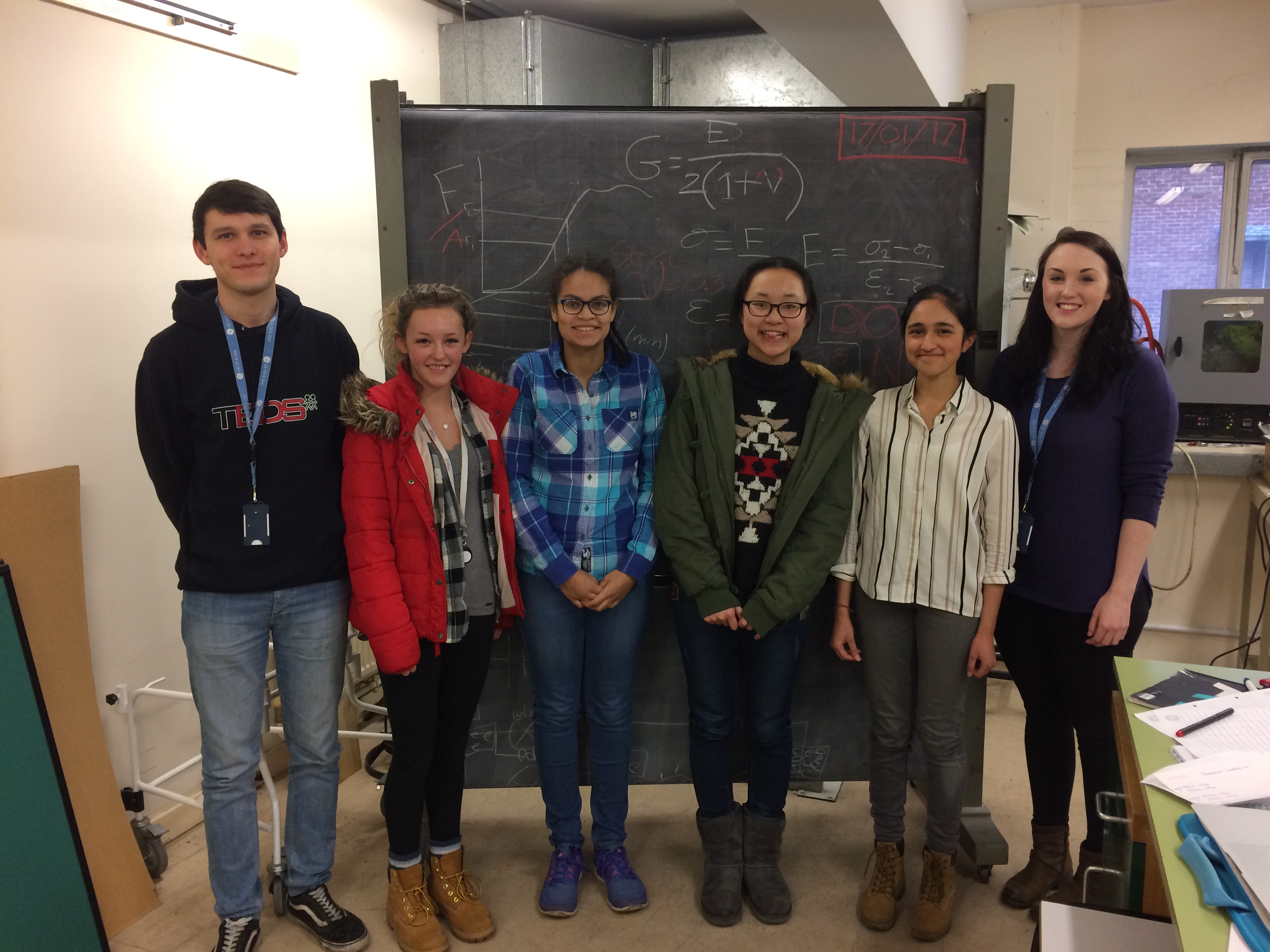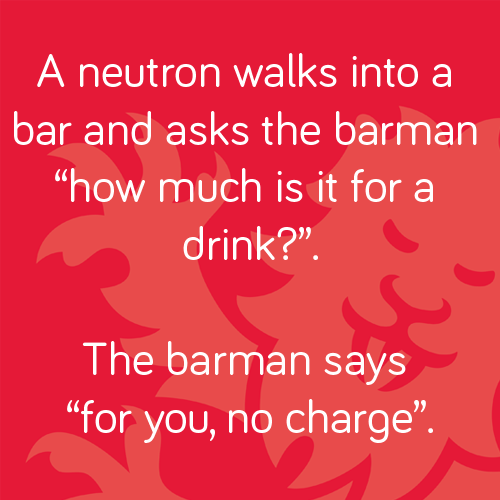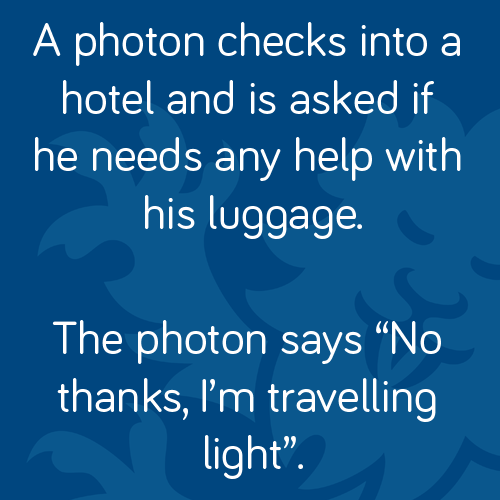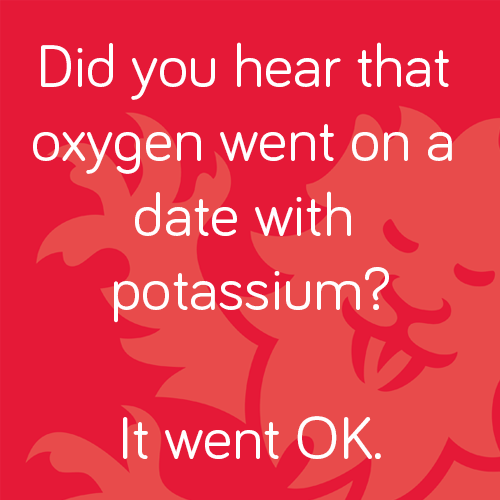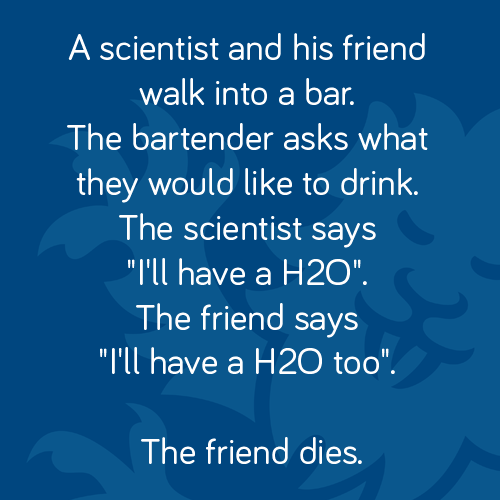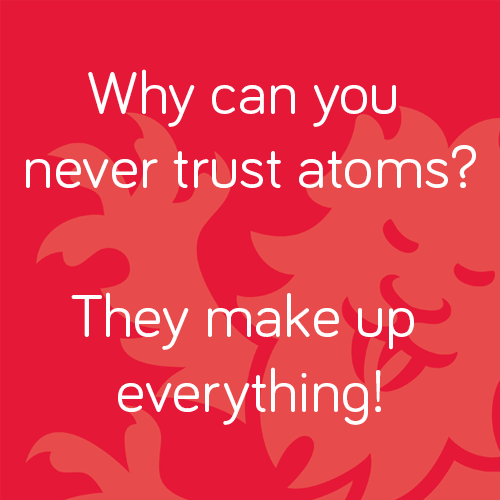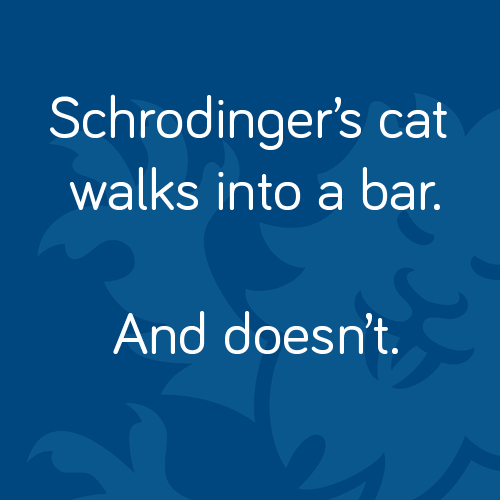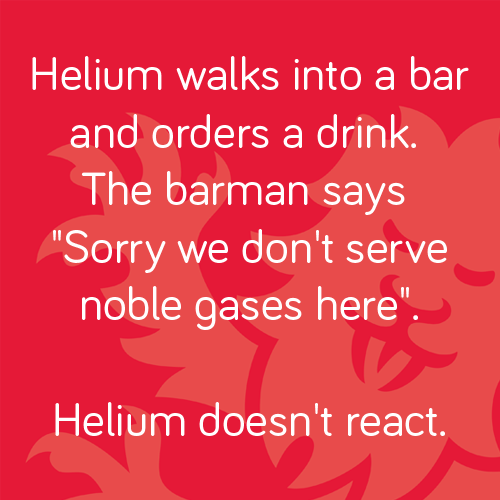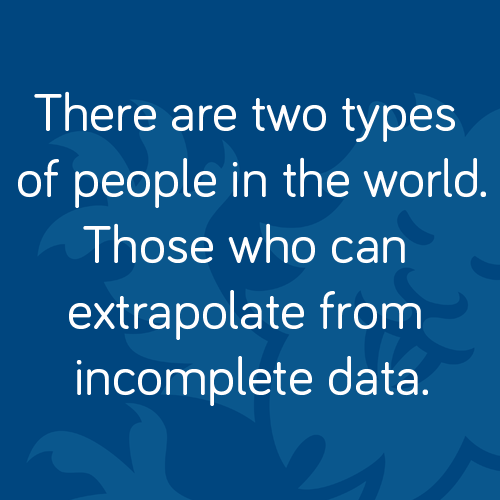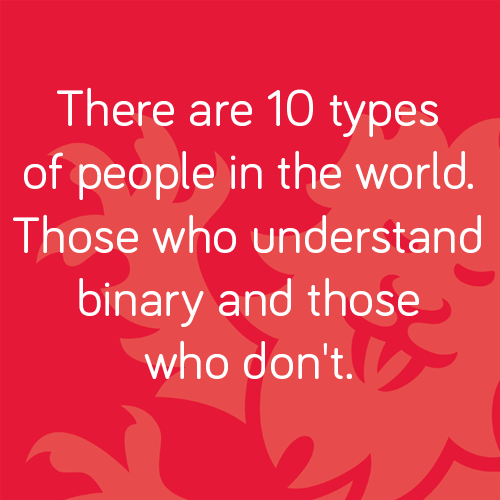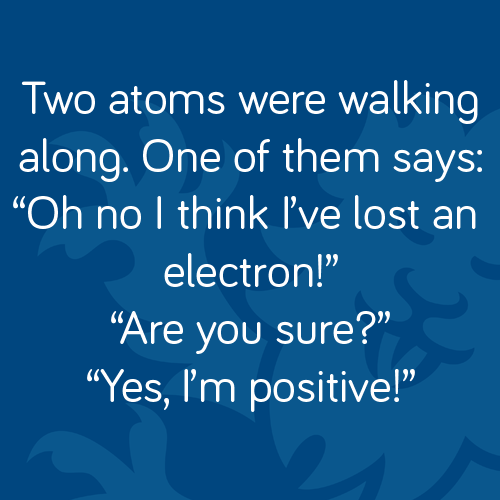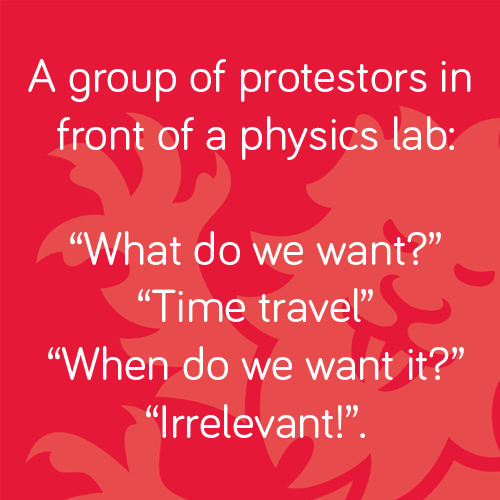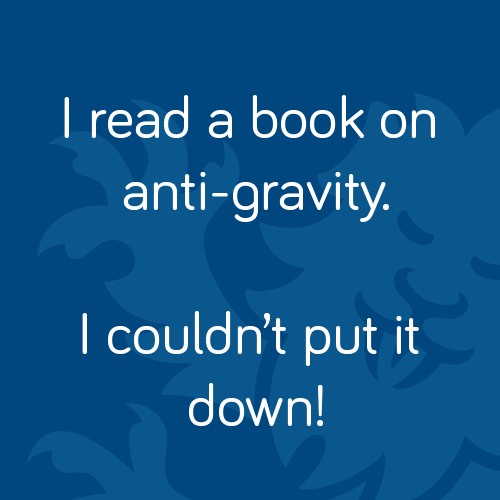When visiting schools and museums our Street Scientists often get asked a variety of questions from curious children. Here are the answers to some of our favourite questions!
This week, we’re answering questions on Engineering!

How do rockets get so much power to shoot into space?
-asked by Lea, 8, from West Jesmond Primary
Rockets are not too different from regular planes and cars – they all need something called ‘fuel’. The only difference is that rockets need a (lot of) special fuel to allow them to take off. The fuel is burned inside the bottom of the rocket which produces a hot gas (called an exhaust gas). This hot gas is pushed out the bottom of the rocket through something called a ‘nozzle’ (a tube that gets smaller closer to the exit) which makes the gas travel faster (acceleration). It’s this acceleration of the gas that’s used to push the rocket off the ground. Rocket fuel is special as it produces lots of energy compared to regular fuel – the same way some foods give us more energy than others (like chocolate!)
– Jenny, Mechanical Engineering Student

Why are triangles the strongest shape to build lots of bridges?
-asked by Rosie, 10, from Ravenswood Primary School
Shapes that have straight sides are called ‘polygons’. Triangles are special because out of all the polygons, they have the least number of sides. Because triangles only have three straight sides, they are harder to squash than other shapes, for example: squares. If you look at the picture below, you can see how applying a force to a square would make it deform (squash), whereas no matter how you apply force to a triangle, this can’t happen because each side supports each other, which is why triangles are so strong! This is why engineers use triangles in their designs, to make their bridges as strong as possible.
-Jenny, Mechanical Engineering student


How was electricity made?
-asked by Emily, 7, from Simonside Primary School
When we refer to electricity, we mean the movement of tiny particles called electrons through a material that will allow them to pass through called a conducting material. An example of a conducting material is a copper wire which we usually see covered by rubber – if you have a charger for a tablet or phone then that is a great example.
To generate electricity, you usually need a fuel source. This could be in the form of coal or gas and nowadays hydropower and wind are becoming increasingly common sources of fuel. Electricity is generated through a machine called a generator which takes one form of energy and converts it into electrical energy. A common visual example would be a wind turbine. You can often find these in large empty fields or sometimes when you go to the beach you can see wind turbines far out in the ocean. Wind causes the blades of the turbine to spin which means magnets inside the wind turbine will also spin. These magnets are surrounded by copper wires which allow electrons to flow through them when the magnets spin around them and this flow of electrons is what generates electricity.
– Sidra, Mechanical Engineering Student
How do TVs and computers work?
-asked by Yedam, 8, from West Jesmond Primary School
Computers and other electronic devices like TVs, phones and tablets all work in a similar way – they take instructions in the form of ‘code’ – code is just a language that computers can understand. These coded instructions are called ‘programming’. A computer scientist ‘programs’ a computer to work before we buy it so it can recognise our instructions – this is the computer’s ‘software’. When we give our computer an instruction (such as turning it on, clicking the mouse or going onto the internet) the ‘software’ tells the physical parts (the ‘hardware’) what to do.
– Jenny, Mechanical Engineering Student
